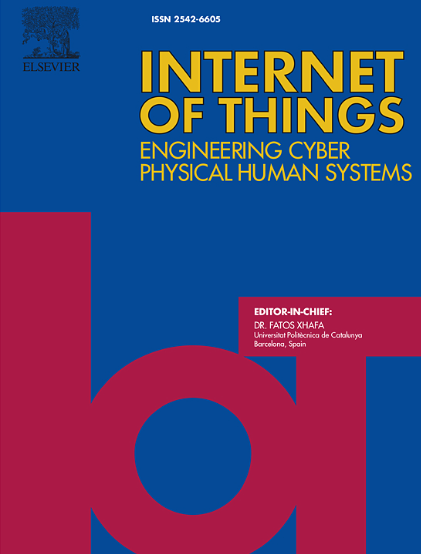Time matters: Empirical insights into the limits and challenges of temporal generalization in CSI-based Wi-Fi sensing
IF 6
3区 计算机科学
Q1 COMPUTER SCIENCE, INFORMATION SYSTEMS
引用次数: 0
Abstract
Wi-Fi is ubiquitous, and Channel State Information (CSI)-based sensing has often emerged as superior for tasks like human activity recognition (HAR) and indoor positioning (IP) The foundational premise is that similar scenarios exhibit similar CSI patterns. However, establishing such similarities is challenging due to signal attenuation and multipath effects caused by static and dynamic objects, that create complex interaction phenomena. Although acknowledged in literature, a comprehensive study of how these variables affect CSI patterns across scenarios, particularly their long-term impact on real-world applications, is still missing. In fact, many recent works focus on laboratory settings disregarding temporal generalization when testing their solutions. Here, we present a systematic study of the reliability of CSI-based sensing, consolidating key challenges and insights previously scattered in the literature. We provide a clear and independent perspective about the need of considering temporal aspects when developing CSI-based sensing approaches, particularly for real-world applications. To achieve that, we consider two tasks, IP and HAR, combining theoretical modeling with experiments using state-of-the-art methods. We show how tasks dependent on reflections from static objects, like IP, are severely impacted by disturbances that accumulate over time , also in the absence of physical modifications of the environment. In contrast, those relying on reflections from dynamic objects, like HAR, face fewer challenges. Our findings, supported by novel real-world datasets for CSI fingerprint-based IP and CSI stability analysis over time, suggest that future research must consider time as a crucial factor both in the development and test of approaches.
时间问题:对基于csi的Wi-Fi传感时间泛化的限制和挑战的经验见解
Wi-Fi无处不在,基于信道状态信息(CSI)的传感通常在人类活动识别(HAR)和室内定位(IP)等任务中表现优异,其基本前提是类似的场景表现出类似的CSI模式。然而,由于静态和动态对象引起的信号衰减和多径效应,造成了复杂的相互作用现象,因此建立这种相似性具有挑战性。虽然在文献中得到了承认,但关于这些变量如何影响CSI模式的综合研究,特别是它们对现实世界应用的长期影响,仍然缺乏。事实上,许多最近的工作集中在实验室设置无视时间泛化时测试他们的解决方案。在这里,我们提出了基于csi的传感可靠性的系统研究,巩固了以前分散在文献中的关键挑战和见解。我们提供了一个清晰而独立的视角,说明在开发基于csi的传感方法时需要考虑时间方面,特别是在现实世界的应用中。为了实现这一目标,我们考虑了两个任务,IP和HAR,将理论建模与使用最先进方法的实验相结合。我们展示了依赖于静态物体反射的任务,如IP,如何受到随时间积累的干扰的严重影响,也没有物理环境的变化。相比之下,那些依赖于动态物体反射的,比如HAR,面临的挑战更少。我们的研究结果得到了基于CSI指纹的IP和CSI随时间稳定性分析的真实数据集的支持,表明未来的研究必须将时间作为方法开发和测试的关键因素。
本文章由计算机程序翻译,如有差异,请以英文原文为准。
求助全文
约1分钟内获得全文
求助全文
来源期刊

Internet of Things
Multiple-
CiteScore
3.60
自引率
5.10%
发文量
115
审稿时长
37 days
期刊介绍:
Internet of Things; Engineering Cyber Physical Human Systems is a comprehensive journal encouraging cross collaboration between researchers, engineers and practitioners in the field of IoT & Cyber Physical Human Systems. The journal offers a unique platform to exchange scientific information on the entire breadth of technology, science, and societal applications of the IoT.
The journal will place a high priority on timely publication, and provide a home for high quality.
Furthermore, IOT is interested in publishing topical Special Issues on any aspect of IOT.
 求助内容:
求助内容: 应助结果提醒方式:
应助结果提醒方式:


